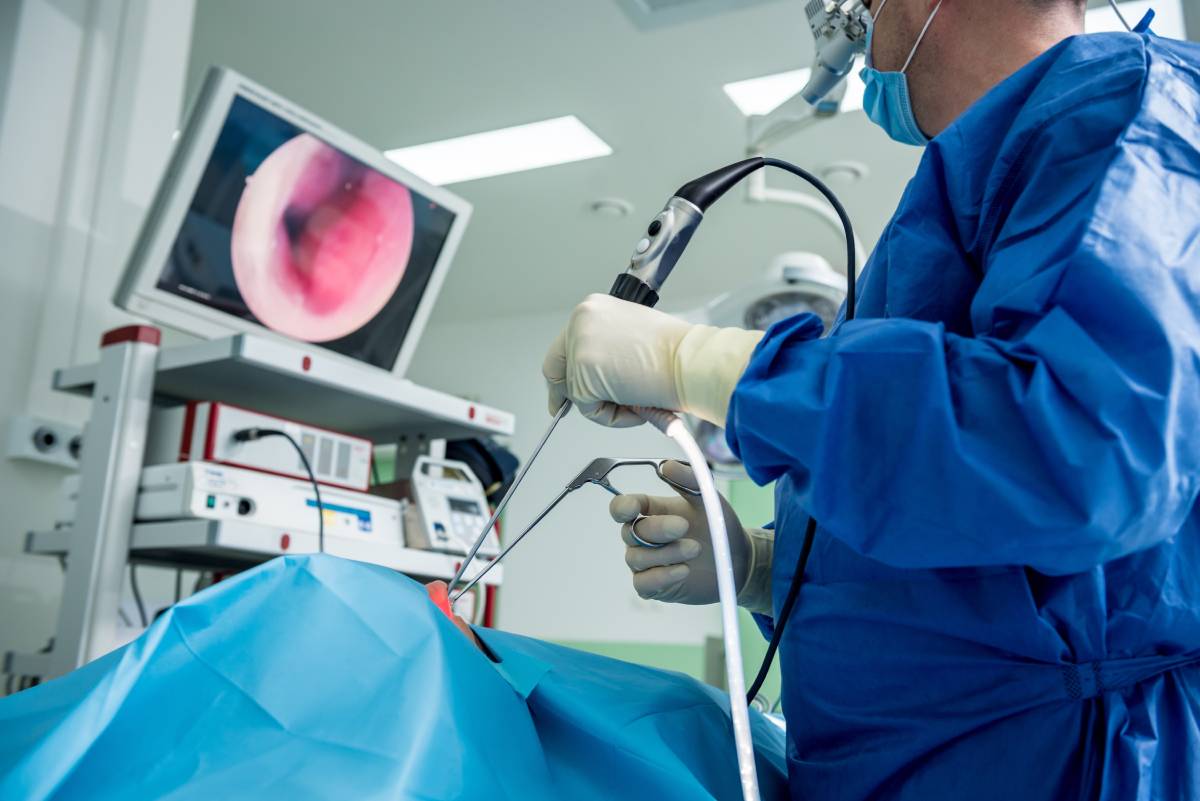Throat packs (TP) are used in oral and maxillofacial surgery, ENT, neurosurgery, and other surgical specialties for upper airway management under general anesthesia (1). Throat packs are typically placed in the nasopharynx and/or oropharynx prior to surgery to protect the airway and then removed postoperatively, prior to extubation. They usually consist of surgical compresses or swabs, and can be fixed using a thread to prevent dislocation into the larynx, trachea, and esophagus (1). One of the potential main advantages of throat packing is the prevention of the accumulation of foreign bodies in the pharynx, as well as aspiration into the stomach or the lungs.
One of the most serious complications of oral and ENT surgery is bleeding. Bleeding in this region may lead to blood ingestion and aspiration; thus, TP is often used to mitigate this risk. Additionally, it has been reported by some studies that TPs can lower the risk of postoperative digestive and/or respiratory tract infections and the incidence of postoperative nausea and vomiting (PONV). PONV affects up to 20% to 30% of all surgical patients after general anesthesia, and this incidence increases to 4 to 6 times in nasal and endoscopic sinus operations. However, there are some disadvantages associated with throat packing, including postoperative sore throat, oral ulcers, and pharyngeal plexus injury (2). Current data are insufficient to draw conclusions regarding the role of throat packs in airway management and whether adverse effects, such as throat pain can be prevented.
In a study published in Anaesthesia, Basha et al. conducted a randomized controlled trial to assess the efficacy of TP during nasal surgery in the prevention of PONV and to investigate the influence of TP on postoperative sore throat (3). Patients were divided into 2 groups: Group A (throat packing) and Group B (control). With regards to postoperative sore throat, it was found that two-thirds (30 of 45) of the patients in Group A experienced pain in the recovery room compared to one third (33%) in Group B. Furthermore, at the time of discharge in Group A, 13% had no pain, 82% mild pain and 5% moderate pain. In Group B, 29% had no pain, 67% had mild pain and 4% had moderate pain. None of the cases of Group A or B had severe throat pain. The difference in throat pain scores in the two groups at each assessment time was statistically significant (p<0.05). With regards to postoperative nausea and vomiting (PONV), it was found that two hours postoperatively, 36% of patients in Group A had no PONV and the rest had mild nausea. In Group B, 33% had no nausea, 61% had mild, 4% moderate and 2% severe nausea. At the time of discharge, 82% of Group A had no nausea and 18% had mild nausea, whereas in group B, 73% had no nausea and 27% had mild nausea. There was no statistical difference in PONV between Group A and B at any assessment time. Based on the results of this study, it can be concluded that, in the absence of clear indications of the potential for excessive blood loss such as coagulopathy or tumor that could impact the airway, the routine placement of throat packs during nasal surgery does not reliably reduce the incidence of PONV and is associated with an increased incidence of postoperative throat pain (3).
References
- Pabst A, Müller D, Thiem DGE, et al. Effects of throat packs in upper airway surgery under intubation anesthesia: a randomized controlled trial. Clin Oral Investig. 2022;26(11):6795-6804. doi:10.1007/s00784-022-04641-4
- Vural Ç, Yurttutan ME, Sancak KT, Tüzüner AM. Effect of chlorhexidine/benzydamine soaked pharyngeal packing on throat pain and postoperative nausea & vomiting in orthognathic surgery. J Craniomaxillofac Surg. 2019;47(12):1861-1867. doi:10.1016/j.jcms.2019.11.014
- Basha SI, McCoy E, Ullah R, Kinsella JB. The efficacy of pharyngeal packing during routine nasal surgery–a prospective randomised controlled study. Anaesthesia. 2006;61(12):1161-1165. doi:10.1111/j.1365-2044.2006.04868.x
